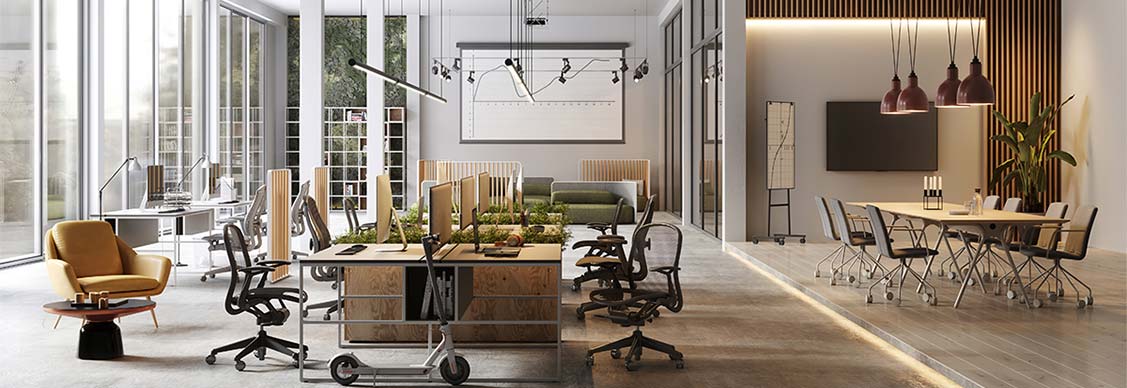Are we there yet?
In May 2020, we surveyed over 40 UAE-based corporate firms on their strategies relating to staff returning to the office. We then repeated the survey in November 2020 and in September 2021 in order to track how their approach was evolving.
The number of employees returning to the office continues to increase
In the first half of last year, the UAE authorities introduced rules which restricted the percentage of an employer's workforce to physically work from their premises to 30%. Thus, in May 2020, only a small proportion of staff had returned to the office. But towards the end of last year, most firms were allowing employees to return to their workplaces as restrictions began to ease. Indeed, in November 2020, 81% of respondents reported that their staff were back in the office in one form or another (full-time or hybrid working).
Now, almost a year later, that percentage has increased to 100% - albeit it is worth noting that the proportion of staff back in the office varies greatly (the range is between 20% and 100%). This suggests that the “new normal” looks very different for each company and that future ways of working are likely to be unique to each organisation.
Currently the most common strategies being employed include 1) firms’ workforce returning on a rotating schedule or 2) staff returning to the office on a full-time basis. Moreover, a notable change from the last survey is that more companies are allowing staff to be in the office on days where they’re not scheduled to be present. This suggests that some employees have a preference to work from the office, rather than remotely.
Employee attitude in returning to the office continues to improve
In May 2020, 20% of survey respondents said that the majority of their employees reacted negatively about returning to the office. But in our latest survey, none of the companies surveyed were experiencing this. In fact, nearly 70% of participants indicated that the majority of their staff felt positive about returning to the office. This is likely to have been helped by the fact that many of the companies surveyed said that most staff members are fully vaccinated.
But it’s worth highlighting that after spending an extended period of time working remotely, some employees have a preference towards being able to split their days between home and the office. And within companies, there is a changing mindset – with increased confidence in their workforces’ ability to being able to maintain productivity levels while working remotely. JLL estimates that 30% of all office space will be consumed flexibly by 2030.
Most tenants are satisfied with landlords’ communication relating to new measures being implemented in buildings
Looking for more insights? Never miss an update.
The latest news, insights and opportunities from global commercial real estate markets straight to your inbox.
Last year, landlords significantly improved health & safety measures by installing sterilisation chambers, hand sanitising stations, automatic doors, clearly demarcating social distancing spots, temperature checks (through thermal cameras or individual checks), additional training of security staff, removal of common area seating and increased frequency in cleaning schedules. Most respondents were satisfied with the communication being received from their landlords or building management on the new measures being introduced within buildings. As these changes are implemented, it appears we are becoming increasingly comfortable moving around our cities again.
Will things be the same again?
JLL has noted that companies are becoming increasingly comfortable with their staff returning to the office. In May 2020, 55% of respondents expected their way of working to never be the same again – this figure increased to 60% in November 2020, but fell back to around 55% by September 2021. This means some companies’ opinions on the future of work continues to evolve. A common policy which firms are implementing is permitting staff members to work remotely once a week. Going forward, survey participants expect a greater utilisation of technology to complete daily tasks and reduced travel – albeit most respondents said this will vary between teams and countries.
It’s also worth highlighting that it is largely international firms that are moving towards a hybrid way of working in order to help retain talent and reduce costs. Furthermore, this model is working well for those that have adopted it.
We will continue to monitor and share with you how the corporate community is responding but one thing is certain – each company will continue to apply their own philosophy and ways of working based on the needs of their staff & their business.
